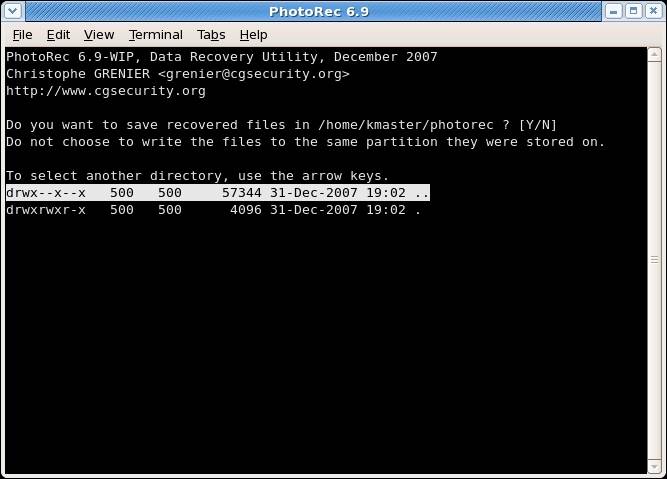
Download PhotoRec (it's part of the TeskDisk suite of software, by CGSecurity).I did this on macOS, but the process is very similar if you're on Linux or Windows: This is risky, and maybe one time out of a hundred, it results in me wiping out a portion (or all) the photos I thought I had just imported!įortunately for my sake, SD cards and the images stored on them can almost always be recovered, if you know the right tools to use.Įarlier today I did this again, so I thought I'd document exactly how I recover photos using a free and open source tool called PhotoRec. Don't wait for backup of imported photos to complete.Finder locked up during a copy, somehow photo software only imported some photos, etc.). Don't make sure all the photos were actually imported (e.g.And one of my digital cameras doesn't even have two memory card slots, so this isn't an option!Īnyways, more often than I'd like to admit, I do something dumb, like: Make sure backup of imported photos completes (so I have two local copies-I also have one copy back up to a cloud storage provider, so two local and one cloud backup).Ī lot of photographers shoot with two memory cards, and have photos written to both-that way the 2nd card would be a double-failsafe.Refer to the steps mentioned in this article to recover files with PhotoRec.As a photographer who's taken and processed at least 200,000 photos in the past couple decades, you'd think I have a solid workflow that results in zero lost files.Download the Linux version of PhotoRec and use it to scan the RAID device.Refer to this tutorial to rebuild the RAID array on an Ubuntu computer.You can still recover deleted data with PhotoRec by the following steps. If your RAID array consists of more than two hard drives: Open any of them to search for the files you need. These are where your recovered files are saved. Within the destination folder that you selected in Step 8, you will find a few folders called recup_dir.1, recup_dir.2, etc.Select the folder where you want to save the recovered files and then press C.Select ext2/ext3/ext4 filesystem and then press Enter.Select the partition where your files were saved and then press Enter.Select with arrow keys on the keyboard and then press Enter. Identify the hard drive that you have connected to your computer.In the Windows version, for example, the exe file is called photorec_win.exe.


If your NAS is built on RAID 1 or has only one hard drive: PhotoRec does not support Btrfs file system.


 0 kommentar(er)
0 kommentar(er)
